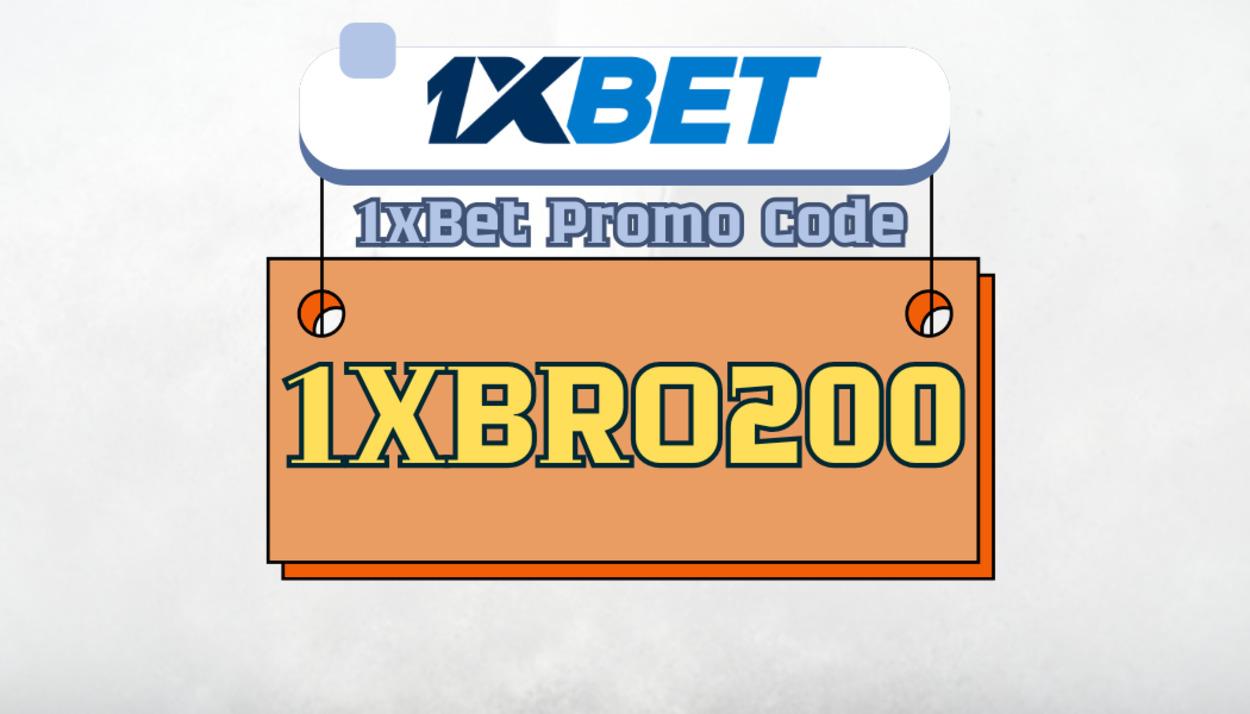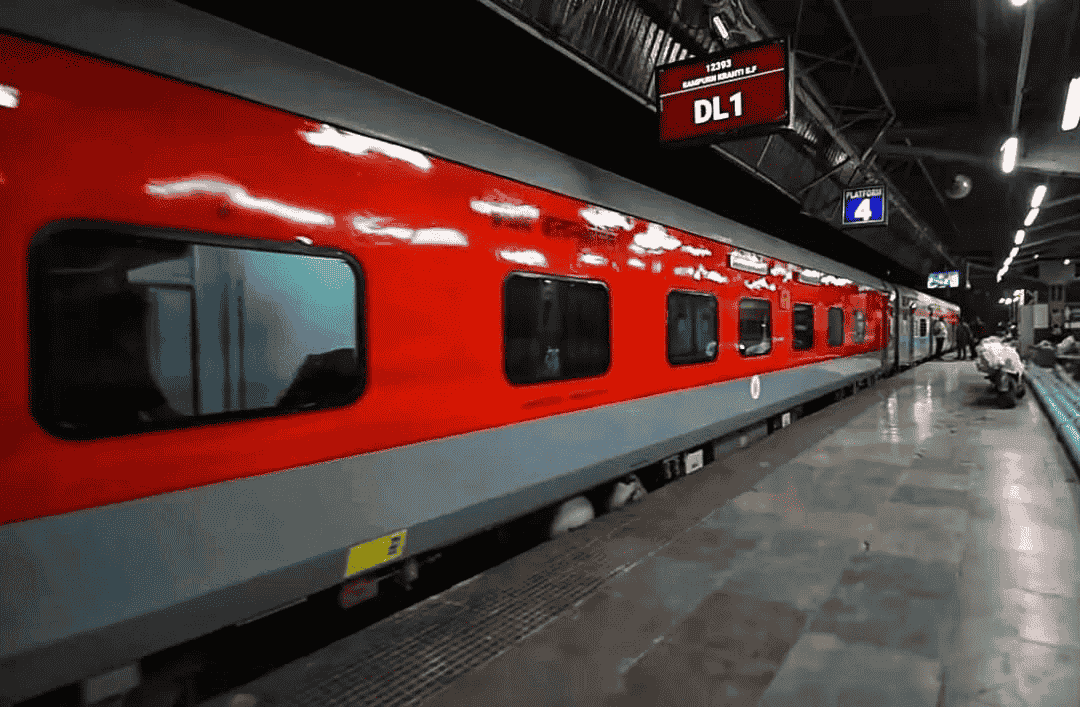Προωθημένο
How Do Student Visas for USA Help Shape Global Futures?
For many students across the globe, the dream of studying in the United States is more than just earning a degree—it's about building a better future. With its world-renowned universities, cutting-edge research, and vibrant multicultural atmosphere, the U.S. continues to be one of the top ***s for international students. But before this dream becomes reality, there’s an important step to complete: obtaining student visas for USA.
If you’re planning to study in the United States, understanding how student visas work can help make the process smoother, less stressful, and more successful. This guide offers a simple and friendly explanation of what you need to know—whether you’re just getting started or preparing for your visa interview.
What Are Student Visas for USA?
Student visas for USA are temporary, non-immigrant visas that allow foreign nationals to enter the U.S. for educational purposes. They are issued based on the type of program a student plans to attend. The most common types are:
-
F-1 Visa: For full-time students enrolled in academic programs at U.S. colleges, universities, high schools, or English language institutes.
-
M-1 Visa: For students pursuing non-academic or vocational training.
-
J-1 Visa: For exchange visitors participating in study or research programs.
The F-1 visa is by far the most widely used among international students. It not only allows you to live in the U.S. during your studies but also opens doors to work opportunities and professional development during and after your program.
Step 1: Apply to a SEVP-Certified School
Before applying for a student visa, you must first be accepted into a school approved by the Student and Exchange Visitor Program (SEVP). Only SEVP-certified institutions are allowed to issue the documents needed for a visa application.
Once accepted, you will receive Form I-20 (for F-1 and M-1 visas) or Form DS-2019 (for J-1 visas). These documents contain important details about your program, including its start date, your SEVIS ID number, and proof of your eligibility.
Step 2: Pay the SEVIS Fee
The SEVIS I-901 fee is a required payment that supports the system tracking your stay in the U.S. You must pay this fee before scheduling your visa interview. After payment, you’ll receive a confirmation receipt—keep it safe, as you’ll need it for your appointment.
Step 3: Complete the DS-160 Form
Next, fill out the DS-160 form online. This is your official application for a non-immigrant visa. It includes your personal details, education background, travel history, and more. After submission, you’ll receive a confirmation page with a barcode. Print this page for your records and bring it to your interview.
Step 4: Schedule Your Visa Interview
After completing the form, book a visa appointment at your nearest U.S. Embassy or Consulate. Interview wait times vary by country, so plan ahead. You’ll also need to pay the visa application fee (often referred to as the MRV fee) before your interview.
Step 5: Prepare for Your Interview
The visa interview is a key part of the process. The consular officer will ask questions to assess your intentions, your academic plans, and your ability to support yourself financially while studying in the U.S.
Here are documents you should bring to the interview:
-
A valid passport
-
DS-160 confirmation page
-
SEVIS I-901 fee receipt
-
I-20 or DS-2019 form
-
Visa appointment confirmation
-
Financial documents showing ability to pay tuition and living costs
-
Academic records and test scores (TOEFL, IELTS, SAT, GRE, etc.)
-
Admission letter from your U.S. school
Be honest and confident in your answers. Your goal is to show that you’re a serious student with genuine intentions.
What Happens After the Interview?
If your visa is approved, the officer will keep your passport to issue the visa. You’ll receive it back within a few days to a few weeks, depending on your local embassy or consulate. Once you have your visa, you’re allowed to enter the U.S. up to 30 days before your program starts.
Living in the U.S. as a Student
Once you arrive, life in the U.S. begins. But as an international student, you must maintain your visa status by:
-
Enrolling full-time each semester
-
Attending the school listed on your visa
-
Avoiding unauthorized work
-
Updating your school and SEVIS with address or program changes
-
Not letting your I-20 expire
Breaking any of these rules could result in losing your visa status. Always stay informed and communicate with your school’s international student office for guidance.
Working While Studying on a Student Visa
F-1 visa holders can work on campus up to 20 hours per week during school sessions and full-time during breaks. Off-campus employment is restricted but possible through:
-
Curricular Practical Training (CPT): Work that’s part of your course, such as internships.
-
Optional Practical Training (OPT): Temporary work after graduation, related to your field of study. Students in STEM (science, technology, engineering, math) may be eligible for a 24-month extension beyond the standard 12 months.
These opportunities help you gain real-world experience and make the most of your U.S. education.
Pathways After Graduation
Many students wonder if they can stay in the U.S. after their studies. While the student visa is temporary, there are possible ways to stay longer:
-
Apply for an H-1B work visa (sponsored by a U.S. employer)
-
Continue education by enrolling in a higher degree program
-
Adjust status through family-based immigration or marriage to a U.S. citizen
-
Apply for a green card under specific employment or talent categories
These paths require planning, so it’s best to explore them while you’re still a student.
Tips for a Smooth Student Visa Experience
-
Start early: Begin the process 3–6 months before your program starts
-
Stay organized: Keep copies of all forms, receipts, and correspondences
-
Be prepared: Practice for your visa interview with sample questions
-
Follow the rules: Keep your visa status valid at all times
-
Ask for help: Use your school’s international office as a resource
Final Thoughts
Student visas for USA serve as the first step toward a life-changing academic adventure. They connect you to new cultures, learning experiences, friendships, and career paths. While the process may seem complex, it becomes manageable when you take it one step at a time.
By preparing carefully and understanding your responsibilities, you can make your dream of studying in the U.S. a reality. Education in the United States is more than just books and lectures—it’s about becoming part of a global community that supports growth, creativity, and success. With your student visa in hand, the future you’ve imagined is just around the corner.







